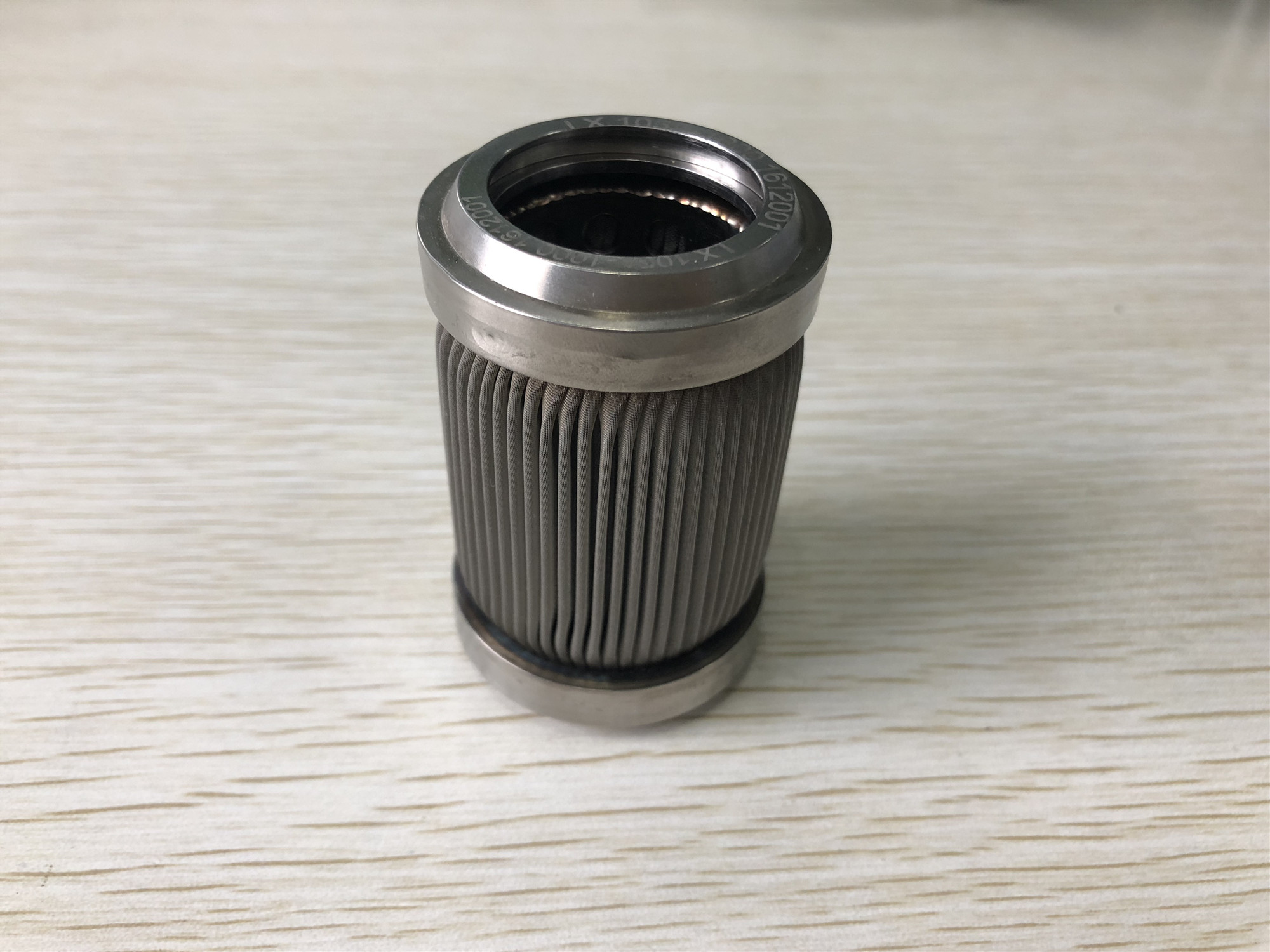Background Review of Quantum Computing Technology: Recently, based on its vigorous interest in cryptography and quantum mechanics, Xiaobian took a look at the development of new quantum computing technologies and whether it would threaten some encryption algorithms: Will the development of quantum computers break RSA encryption algorithms? Quantum calculation is different from general calculation because it is based on qubits. Unlike ordinary bits, which can only represent 0 and 1, qubits can represent the superposition of 0 and 1 (simultaneously). Multiple qubits can be connected in a state called "entanglement," so manipulating one qubit alters the entire system, even if the individual qubits are physically far apart. This is the concept of immediate development, and the hair is far removed from its place. This property is the cornerstone of quantum information processing and aims to build ultra-fast quantum computers and transmit information in a completely secure way. The practice of quantum computer technology referred to is based mainly on the ions in the electric field, which are laser operated to represent different qubits. How is the application of this technology? Really want to draw a big question mark. New breakthroughs in quantum technology applications where? Recently, however, Professor Roberto Morandotti, professor at the National University of Quebec in the scientific journal, and his team recently published an article demonstrating their ability to produce complex quantum entanglement on optical chips that promises to revolutionize information Technology, but also makes quantum information processing technology, more realistic applications. This international team demonstrated that the frequency comb on the chip can be used to generate qubit states for multiple photons at the same time. This groundbreaking study was published in a recent scientific journal titled "Quantum states that produce multiphoton entanglement through the integration of frequency combs." The research has been supported by numerous universities and research structures and funds, including the University of Melbourne, City University of Hong Kong, Xi'an Institute of Optics and Fine Mechanics, among others. System implementation as shown below: (Image courtesy of INRS National University of Quebec, USA) In order to achieve a superposed and entangled qubit, the system first uses a laser pump, a microring resonator, to generate a large amount of entangled photons and then passes through a spectral filter into the optically integrated Kerr frequency comb. In this system, a single frequency Light can pass through the refractive index, the Kerr effect of the resonator material, to produce a pair of equally spaced frequencies of light. This frequency comb produces multiphoton entanglement by passing hundreds of frequencies from the fiber. What is the biggest challenge of this technology? The biggest technical challenge is to generate, multiple, stable and controllable entangled qubit states. The generation of qubits depends on several different measures, including electron spin, atomic energy level and photon quantum states. Photons have the advantage of staying entangled for long periods and long distances. But in a small and scalable way, the entangled photon state, more difficult. According to Michael Kues, research associate at INRS, "the bottom line is that when we do, several states must be synchronized." To meet this challenge, Roberto Morandotti's team, for the first time, used optical chip combs to create multiple entangled qubit states. The optical frequency comb combines many equally spaced frequency modes. The frequency comb is a very accurate resource that has revolutionized the metrics and perceptions and won the Nobel Prize in Physics in 2005. The chips developed by INRS, due to their integrated frequency comb, can generate multi-photon-entangled qubit states in several frequency modes. This is the first time that synchrotronism, multiphoton and two photon entanglements can occur. At present, the integrated system developed by this team only succeeds in generating two photon-entangled states on the chip. What is the significance and impact of this technology? The publication of this study will be the basis for the study of quantum photonics and quantum frequency combing. It also revolutionizes optical quantum technology and is compatible with existing semiconductor chip technologies. Chip to meet the standard requirements of direct use, compact, inexpensive, compatible with electronic circuits, but also use the standard communication frequency, but also with scalability. Small series also look forward to with everyone, this application of quantum computing technology chip, as early as possible into the application areas, in our mobile phones, personal computers, smart products and other electronic devices appear.
• Widely used in hydraulic pressure and pneumatic servo system.
• Filter media is stainless steel fiber felt,control cleanliness
effectively.
• First bubble point per ISO2942.
• Flow resistance per ISO3968.
• Retained capacity and Filter efficiency per ISO16889.
• Mass filtration precision for choose.
• The size can make to order according to the customer's demand
High Temperature Element Series Industrial Filters,Lx-10A Safety Filter Element,Safety Filter Element,Safety Screen Element XINXIANG PINGYUAN AVIATION HYDRAULIC EQUIPMENTS CO.,LTD , https://www.pyefl.com
